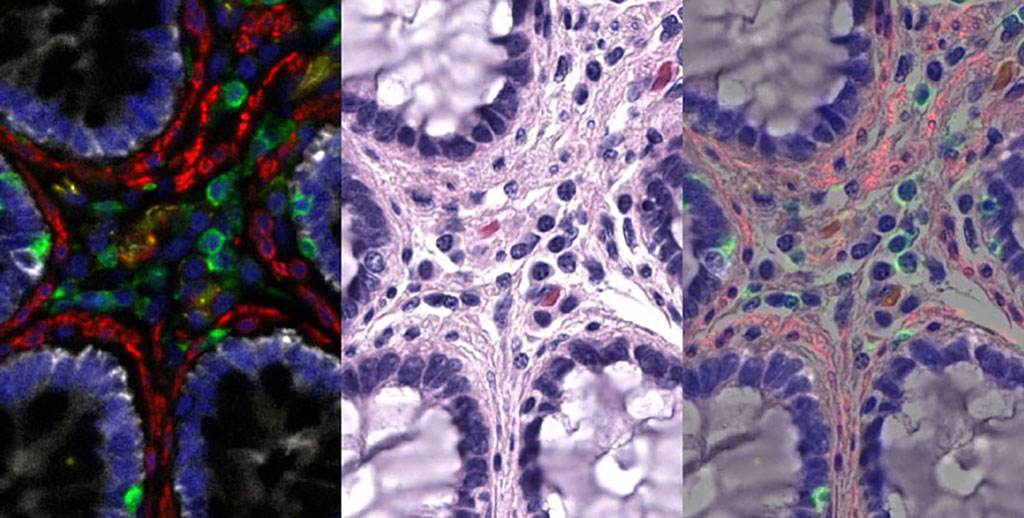New Platform Technology Brings Power of `Multiplex` Imaging to Clinical Pathology
Posted on 23 Jun 2023
For over a hundred years, pathologists have been dependent on histology, a method that involves examining cells and tissues under a microscope to identify cancerous patterns. Now, a new tool promises to improve this process by providing deep insights into the cancerous tissue. By combining histological and molecular data, the tool can provide a deeper understanding of the type, behavior, and probable response to the treatment of a tumor.
The tool, named Orion, is the product of extensive research and development carried out by a team of researchers led by Harvard Medical School (Boston, MA, USA). Orion is a sophisticated digital imaging platform that integrates the insights gathered from traditional histology with the details derived from molecular imaging of a tumor sample. Over the years, the team has been focusing on refining imaging tools for human tissue samples. In their most recent study, they integrated a technique known as cyclic immunofluorescence, or CyCif, with histology to generate comprehensive maps of colorectal cancer. These maps, accessible to scientists worldwide, offer an unprecedented level of detail about the tumors.

However, the researchers wanted to make these imaging tools accessible to clinicians who regularly analyze tumor samples under a microscope to gather essential information for diagnosis and treatment. They designed a digital imaging platform capable of quickly collecting and analyzing images from both traditional and multiplex immunofluorescence methods on the same tissue sample. The resulting image integrates information from both techniques, providing a comprehensive view of the tumor.
Using Orion, the researchers examined tumor samples from over 70 patients with colorectal cancer. The tool provided valuable histological and molecular information for each sample and identified biomarkers that were common in patients with severe disease. These biomarkers, based on specific combinations of tumor features, could predict the progression of colorectal cancer. The researchers are optimistic that, with further refinement, Orion can contribute significantly to the diagnosis and treatment of cancer and other diseases by providing in-depth details about tumors and patient samples. While Orion is in its nascent stages of development, the promising initial results substantiate the potential utility of the platform in a clinical setting.
The researchers plan to refine Orion further by testing it on a larger patient pool and exploring effective combinations of antibodies. The team aims to streamline the platform to make it quicker and more affordable and to extend its application to other cancers like lung cancer and melanoma, and potentially to other conditions such as kidney disease and neurodegenerative diseases. The team envisions Orion as a tool that pathologists can integrate into their existing workflow to supplement their histological expertise with molecular details, providing a holistic understanding of a sample. Significantly, Orion's digital nature enables pathologists to examine the images on any computer, thereby eliminating the need for a microscope in a lab or clinic.
“Pathologists already do a huge amount of work with histology to diagnose a patient and understand their disease, but with this tool to augment their knowledge, they will basically have a ‘super view’ of the sample,” said Jia-Ren Lin, study lead author and platform director in the Laboratory of Systems Pharmacology at HMS.
Related Links:
Harvard Medical School













